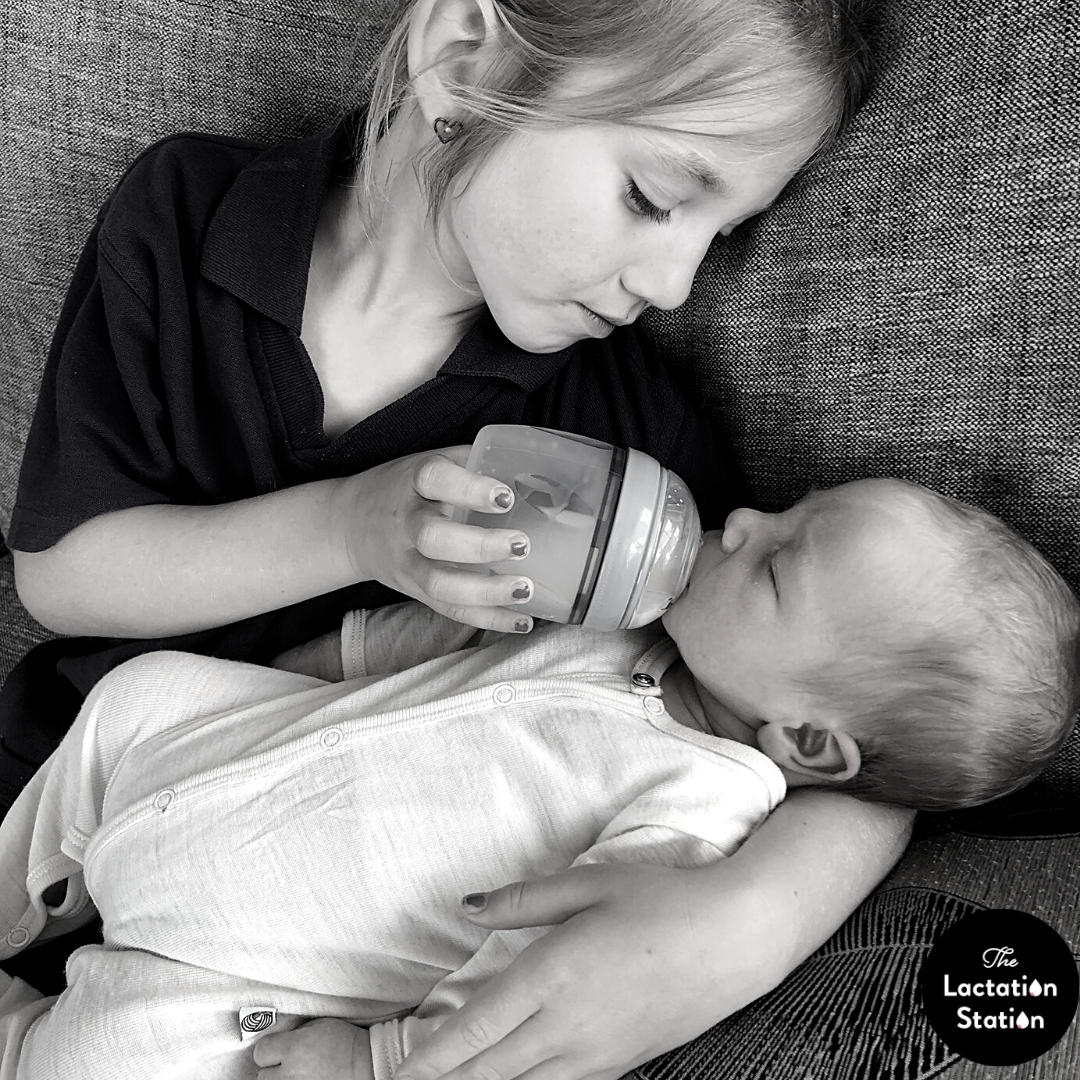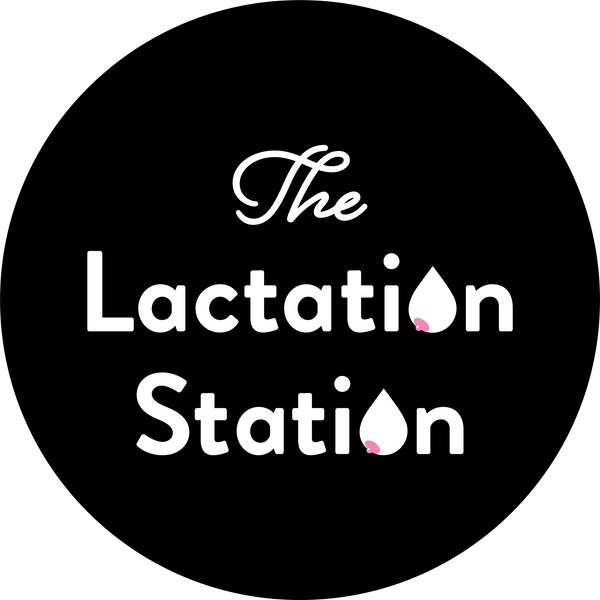Help my baby won’t take a bottle!
If you are thinking "How can I get my baby to take the bottle? They just keep "refusing", then this blog is for you! As a Registered Nurse and Lactation Consultant, I support a wide range of women in their transition to motherhood and want to share my tips with you.
It is not uncommon for me to get calls or emails from desperate mammas trying to coax their baby into drinking milk from a bottle. These babies usually prefer breastfeeding with mum, why wouldn’t they right?! BUT it can be a super stressful situation for a mum who is returning to work, or has an upcoming event!
Bottle refusal is most likely to occur in babies who have been fed only from the breast (i.e., not given bottles) past six weeks of age, or given bottles prior to six weeks of age but not consistently.
The primitive sucking reflex weakens over time, reaching total extinction by four months of age. With that in mind, the recommendation to introduce a bottle around four to six weeks of age makes sense. After this point, it becomes less likely a baby will accept a bottle. My suggestion is that if you will need to introduce a bottle, take advantage of this window of opportunity, offering a bottle of expressed milk every couple of days. Some babies accept a bottle without a fuss, even when it’s introduced later than this, but the babies who don’t are so adamant about it that it can save a lot of trouble down the line, hence the recommendation to start early.
The WHO recommends delaying the introduction of foods/fluids other than breast milk until your baby is around 6 months old, suggesting exclusive breastfeeding before that time. However that’s not always realistic and you may find yourself introducing the bottle at any time during the first year. Additionally, formula isn’t the only reason to use a bottle. Many breastfeeding parents want to incorporate bottle-feeding of breast milk for flexibility.
Here are some tips to try:
● Try different caregivers.
● Try different temperatures: warm, cold, room temperature.
● Try different times of the day and different levels of hunger. First feed of the
day works well.
● Is the milk sour? Soapy? Maybe it’s been stored too long, wasn’t kept cold,
or you have a lipase issue. Try fresh expressed milk.
● Test out different bottles, different bottle nipple shapes, and different flow
rates. Sometimes it helps to attempt to match the flow to the breast “flow”; if
you have a fast letdown, a baby may need a faster flow. Slow-flow nipples
are generally the best to start with. I highly recommend Dr Browns narrow
neck bottles.
● Don’t fight it! Keep practice playful and low stress.
● Experiment with different positions: Similar to breastfeeding or as different as
possible. Side lying or sitting up. Standing up, bouncing, in the bathtub, in a
carrier...
● Offer the bottle before your baby is hungry. Another good time is when your
baby is waking up from a nap or otherwise sleepy.
● Breastfeed for a bit, then encourage baby to latch onto the bottle.
● Introduce the bottle when she is calm ie when she is just waking from a
sleep
● Touch bottle to lips and chin and wait for her to open her mouth
● Let baby suck for 30-60 seconds before tipping the milk into the bottle teat
● If baby is struggling tip the bottle back so milk is no longer flowing and wait
until she is ready to suck again.
● first feed of the day usually works well
● try leaving a shirt of yours near the person giving the bottle so it smells like
"mum"
Julia Daly
IBCLC
www.morethanmilk.co.nz

